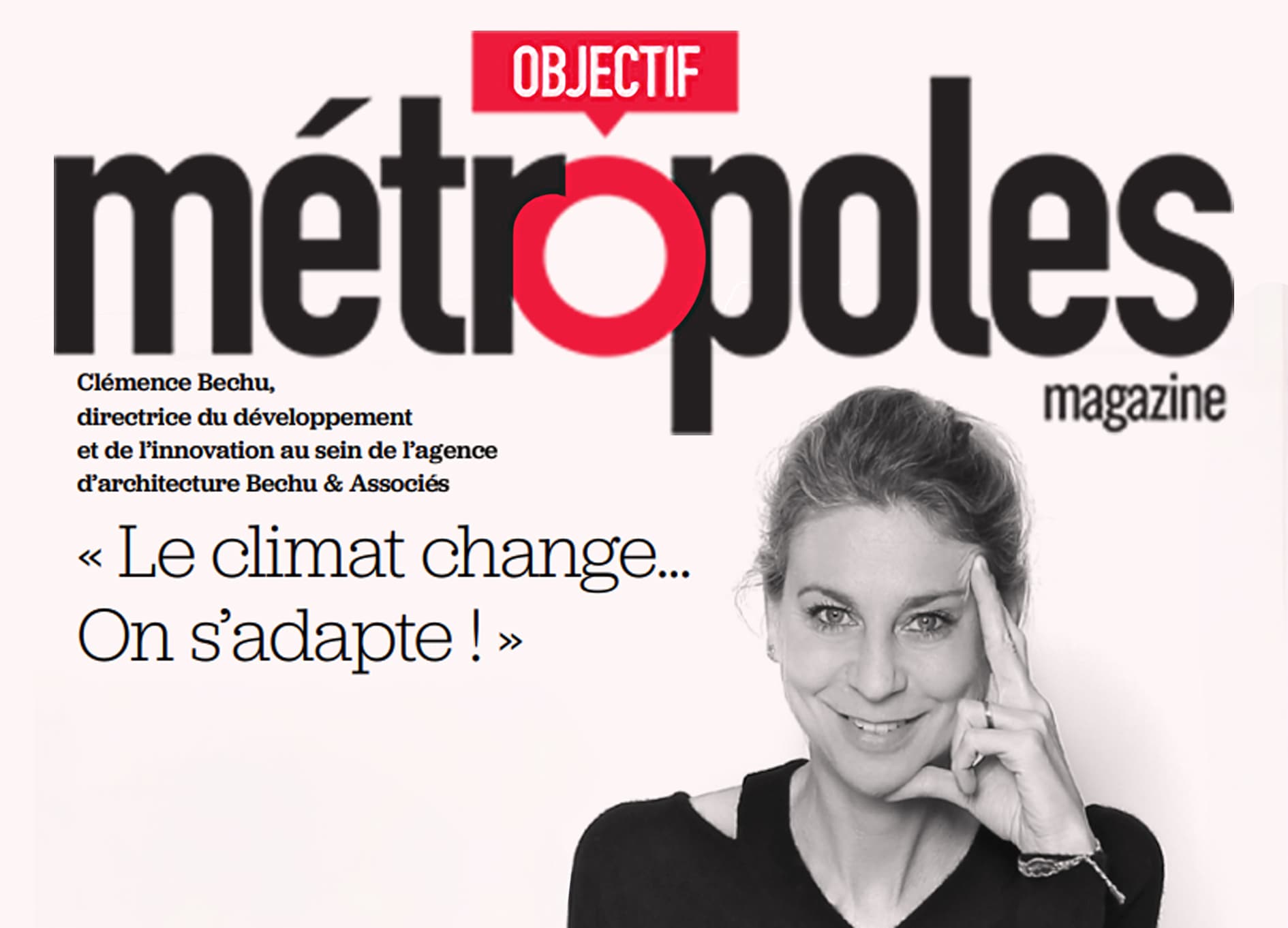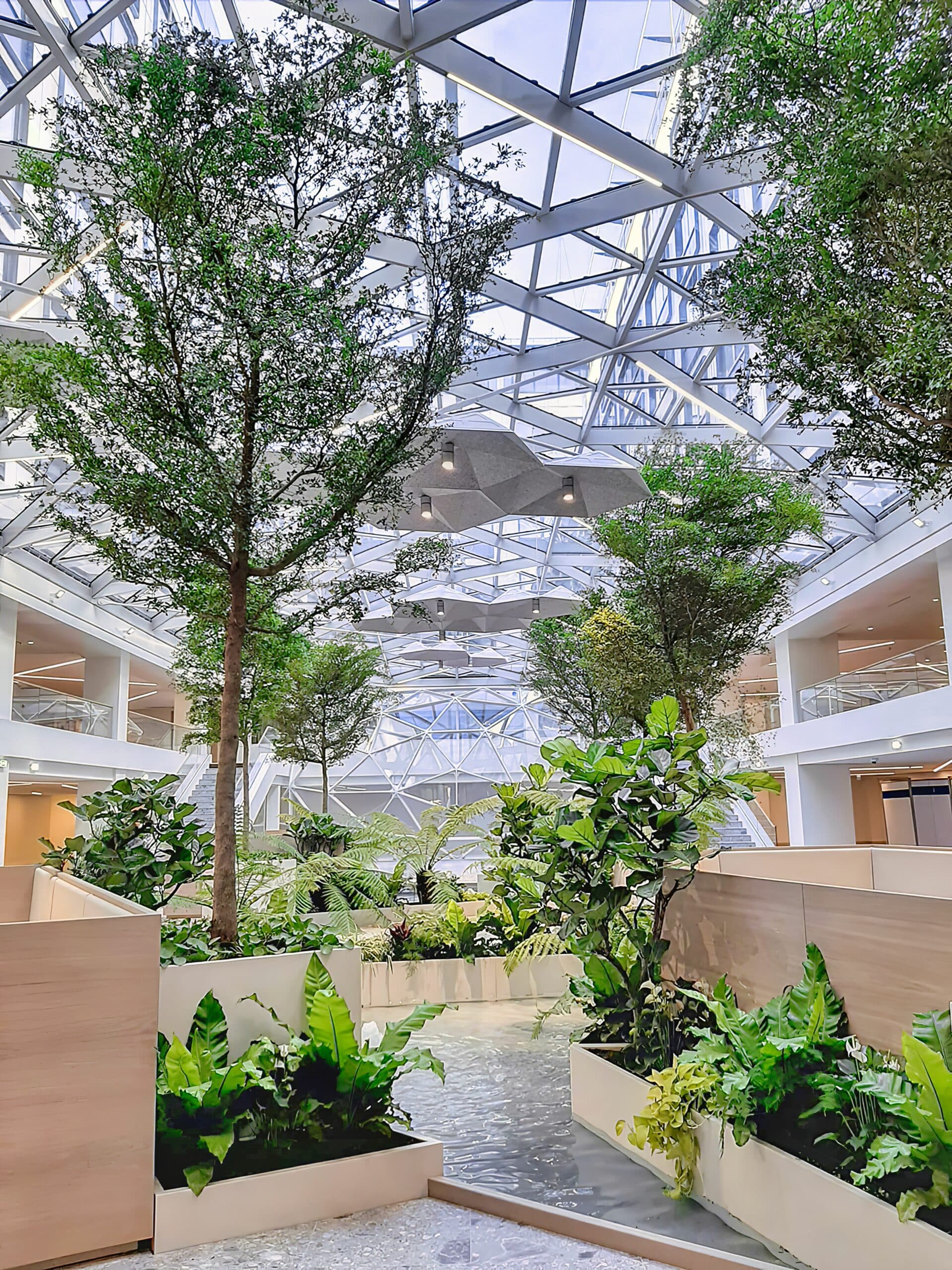Objectif Métropoles "Towards a more circular AI: solutions for Territories"
“Current generative AI is above all a sink for water, electricity, and natural resources. Up to three bottles of water to generate one hundred words. In light of these facts, local authorities have a decisive role to play. They can, as of now, activate several levers to rationalise and circularise the uses of AI.”

Towards a more circular AI: solutions for territories

In her column, Clémence Bechu offers her point of view as well as new ways of shaping the city to adapt to climate change. Here, the focus is on artificial intelligence and the role of local authorities in rationalising its uses.
If giving up on artificial intelligence no longer seems realistic, persisting in a hyper-centralised, energy-intensive model that is poorly suited to the real needs of our territories would be a dead end. Far from the fantasies of technological omnipotence, a new direction is emerging: that of a circular, frugal and territorialised AI. An AI that is optimised, educated, specialised, one that we tame rather than endure.

Breaking away from myths, returning to uses
Against the tide of triumphalist rhetoric, Luc Julia, co-creator of Siri and now Chief Scientific Officer at Renault, delivers a hard-hitting analysis in his latest book Generative AI, not creative.
He dismantles the illusions maintained around Artificial General Intelligence (AGI), this supposed super-brain capable of doing everything better than humans. For him, this fantasy is less a matter of science than of marketing storytelling. AGI is God, he jokes. And while some dream of thinking machines, let us not forget that current generative AI is above all a sink for water, electricity, and natural resources. Up to three bottles of water to generate one hundred words. But it is not AI itself that is at issue. It is the use we make of it. Inference—the simple act of generating answers—sometimes costs more than training the models. And in many cases, classic AI or low-consumption expert systems would be more than sufficient. Sam Altman, CEO of OpenAI, has himself acknowledged the environmental and financial impact of interactions with AI, even for seemingly simple answers, stating that polite phrases such as thank you or please cost the company tens of millions of dollars in additional computing power and electricity. We verge on the absurd when politeness becomes a measurable energy cost. For Luc Julia, the future lies elsewhere: in the multiplication of small, ultra-specialised models, designed for useful, local, and frugal tasks. Models that France and Europe are well placed to develop, provided they focus on accuracy rather than brute force.
Territories can (and must) set an example
This paradigm shift is no longer theoretical. Nvidia recently announced new graphics processors capable of handling AI tasks directly on computers, without relying on massive data centers.
Less latency, less energy, more local control. An embedded AI, optimized for contextual processing, marking a salutary break with the voracious model of universal generative AI. It is in this direction that a digital intelligence compatible with planetary limits is being invented. Faced with these observations, local authorities have a decisive role to play. They can, starting now, activate several levers to rationalize and circularize AI usage. Such as promoting the circular economy of digital technology by reconditioning, repairing, or sharing their IT equipment. They can also support the emergence of low-impact local data centers, powered by renewable energies and integrated into urban planning. Furthermore, local authorities have a role to play in education: elected officials, agents, and residents must be made aware of the environmental impact of digital usage.
AI and energy transition: catalyst under conditions
One of the areas where AI can truly accelerate the ecological transition is energy.
Increasingly complex, the sector requires dynamic trade-offs based on a multiplicity of factors (local resources, regulations, price volatility). AIoT – artificial intelligence coupled with connected objects – now enables the optimization of the production/consumption/storage triptych at the scale of a neighborhood, a building, or a territory. Thanks to advanced algorithms, AI can help model sustainable energy choices during the design phase or even adapt consumption to available resources, integrating local constraints. It is another way of conceiving territorial planning: more agile, more contextualized, more resilient.
Energy intelligence in the field
Specialists in territorial energy intelligence are emerging, such as the company EMBIX.
This company develops complex optimisation algorithms—simulated annealing, genetic algorithms, neural networks—to finely manage the production, storage, and consumption of energy. On the Paris Batignolles project, EMBIX worked on energy trade-offs between local geothermal energy and the urban heating network. At Lyon Sollys, it contributed to modelling the balance between biogas cogeneration and the existing network. It also supports the landlord Polylogis in photovoltaic projects following a logic of intelligent resource valorisation. All these cases demonstrate that a well-designed and well-targeted AI makes it possible to save resources instead of wasting them.
Taming intelligence
Far from being an uncontrollable disruptive technology, AI must not operate outside ecological realities, but must be part of a reasoned use of resources, aligned with the environmental objectives of our territories.
Local authorities, as grassroots actors, can and must be the pioneers. The choice before us is not between AI and sobriety. It is that of a useful, reasoned, territorial intelligence. And why not, a French-style AI: sober, elegant, efficient.





